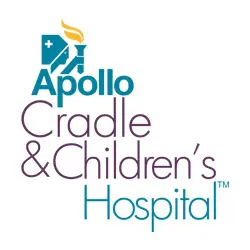Normal Delivery

Types of Childbirth: Vaginal Delivery, Water Birth and more
August 3, 2022...

How to Choose a Maternity Hospital
January 22, 2020Choosing your maternity hospital Motherhood is one of th...

Exercise for Normal Delivery After C Section
January 10, 2020If you have given birth by cesarean section, it doesn’t necess...

Preparing for VBAC (Vaginal birth after C-section) & Tips
December 27, 2019If you had a C-section in your previous delivery and you are pregnan...

Vaginal delivery in high-risk pregnancies is a satisfying experience!
July 7, 2018Dealing with a high-risk pregnancy is a c...
Pregnancy Calculator

